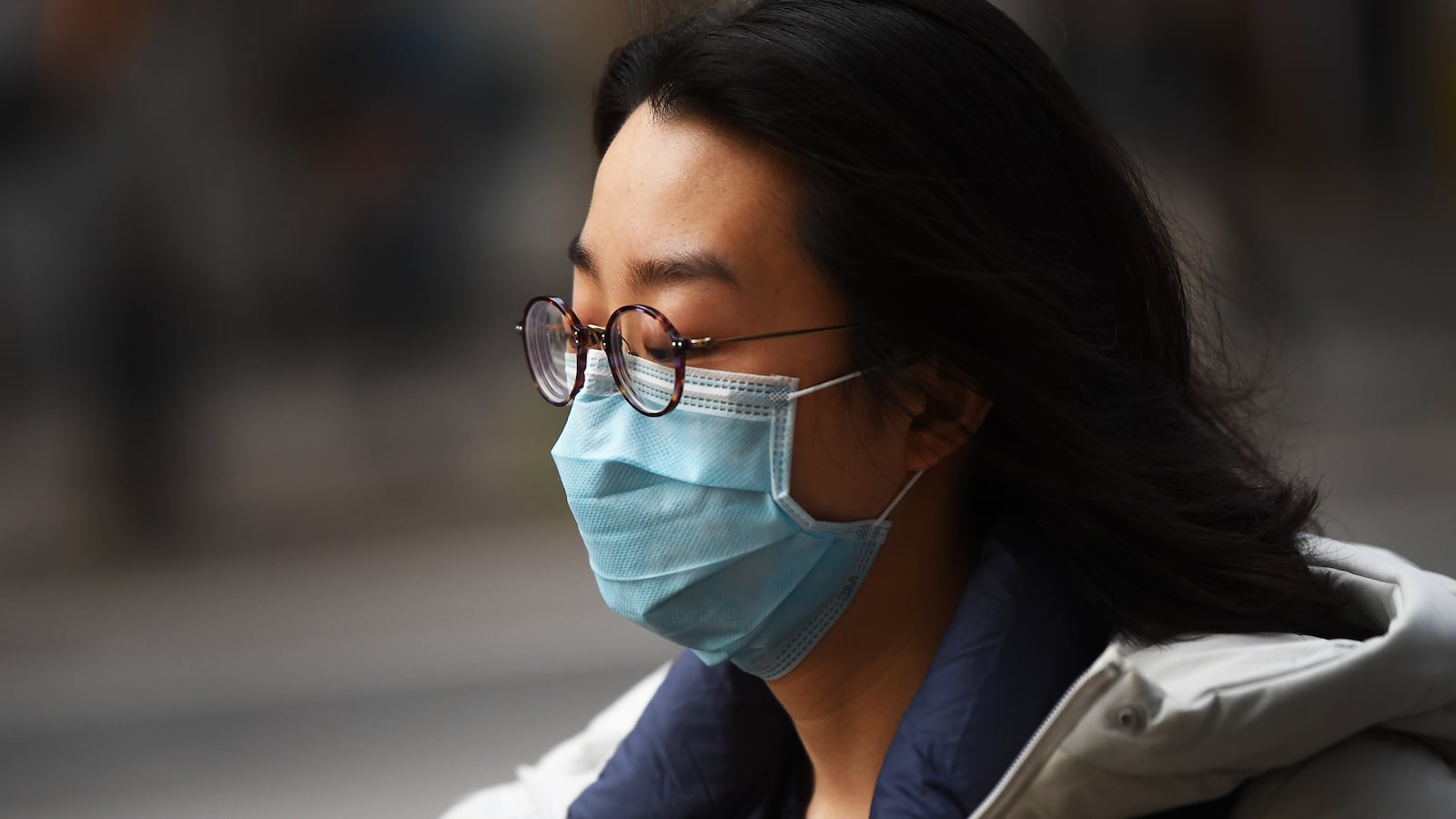The United States is working on a vaccine for the novel 2019 coronavirus infection, but Chinese authorities have turned down repeated offers from the Centers for Disease Control and Prevention to help respond to an outbreak that has killed at least 106 people, top federal health officials said Tuesday.
Anthony Fauci, director of the National Institute of Allergy and Infectious Diseases, said the agency was developing a vaccine, which would enter a phase one trial within three months. Fauci stressed that, even if testing began in the spring, it would likely be several more months—or longer—before officials could deploy a working potential vaccine to patients.
Although the number of confirmed cases in the U.S. remained steady at five early Tuesday, Robert Redfield, director of the CDC, said the agency has decided to expand its travel screening efforts from five U.S. airports to 20. In addition to the cases in the U.S., confirmed patients of the virus have been reported in Thailand, Taiwan, Australia, Macau, Singapore, Japan, South Korea, Malaysia, France, Canada, Vietnam, and Nepal. No fatalities caused by the virus have yet been reported outside of China.
Redfield affirmed that the risk to the “everyday American” was “extremely low,” even as the number of known cases jumped about 60 percent overnight—from 2,835 confirmed cases on Monday to 4,515 on Tuesday. Most of those cases remain centered in the province of Hubei, where the virus originated in the port city of Wuhan.
The CDC said a day earlier that a total of 110 “persons under investigation” for the virus were being evaluated in 26 states, that 32 of those people tested negative, and that 73 were still being monitored for potential coronavirus infection. There have been no confirmed person-to-person transmissions inside the United States, CDC officials have said.
Confirmed cases in the U.S. include patients in Orange County, California; a man in his 30s in Washington state; a passenger who felt ill after flying into Los Angeles International Airport; a woman in her 60s in Chicago; and a student at Arizona State University, the CDC has said. All of the U.S. cases involve patients who had recently traveled from Wuhan.
Dr. Nancy Messonnier, director of the CDC’s National Center for Immunization and Respiratory Diseases, said Tuesday that officials were still aggressively tracing the contacts of each confirmed American case, which involves identifying anyone who may have had prolonged exposure to a patient and then monitoring them daily for symptoms.
“While the vast majority of Americans will not have any exposure, some people will,” said Messonnier.
Alex Azar, secretary of the U.S. Department of Health and Human Services, also said during Tuesday’s press conference that Chinese authorities have refused repeated offers to send CDC officials to help with response to the outbreak.
Though the number of fatalities coming out of China is alarming, the mortality rate may drop over time as we identify a broader set of cases, according to Azar, who also noted President Trump was keeping a close eye on the outbreak’s development.
“Americans should know that this is a potentially very serious public health threat, but at this point Americans should not worry for their own safety,” said Azar.
“We’re still determining the real speed of spread of this disease,” he added. “We’re also still learning about the severity of the virus.”
Meanwhile, also on Tuesday, Democratic U.S. Rep. Diana DeGette, chair of the House Energy and Commerce Oversight and Investigations panel, announced in a statement that top federal health officials will meet with lawmakers on Thursday morning in a closed-door briefing to discuss the spread of coronavirus stateside.
“This is an extremely deadly virus that’s spreading rapidly around the world,” DeGette said. “We need to know exactly what the administration is doing to prevent the spread of this dangerous virus here in the U.S.—and what, if any, additional resources they need to protect the public’s health.”
Chinese authorities have quarantined more than 35 million people in 12 cities, and Wuhan has been under a lockdown since late last week.
China’s health minister Ma Xiaowei made headlines on Sunday when he announced that authorities in that country believe the virus can spread person-to-person, even before infected a patient becomes symptomatic. That contention appeared to be bolstered last week by a study published in the journal The Lancet, but Messonnier said on Monday that the CDC had not yet seen “any clear evidence of patients being infectious before symptom onset.” She said that, even without knowing exactly how easily the virus spreads, health officials in the U.S. “are being very aggressive and very cautious in tracking close contacts” of infected individuals.
Redfield said on Tuesday that, even as Chinese authorities believe they have data about the virus’s spread before symptoms are apparent, “we haven’t seen that data confirm that confusion.”
Fauci added: “We would really like to see the data.”
Irwin Redlener, director of the National Center for Disaster Preparedness at Columbia University and an expert on U.S. readiness for pandemics, told The Daily Beast on Monday that even experts weren’t entirely sure what to make of that discrepancy.
“There is not yet a rational conclusive answer from the scientific community, so we’re to fly by the seat of our pants,” said Redlener. “As a physician, I would say I’m not worried about it. But as a citizen, and a father and grandfather, I certainly do not want my family members to be in contact with someone who has been in direct contact with a victim.”







